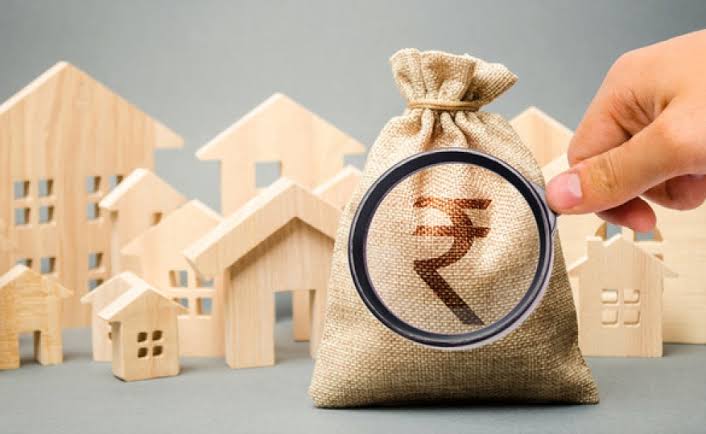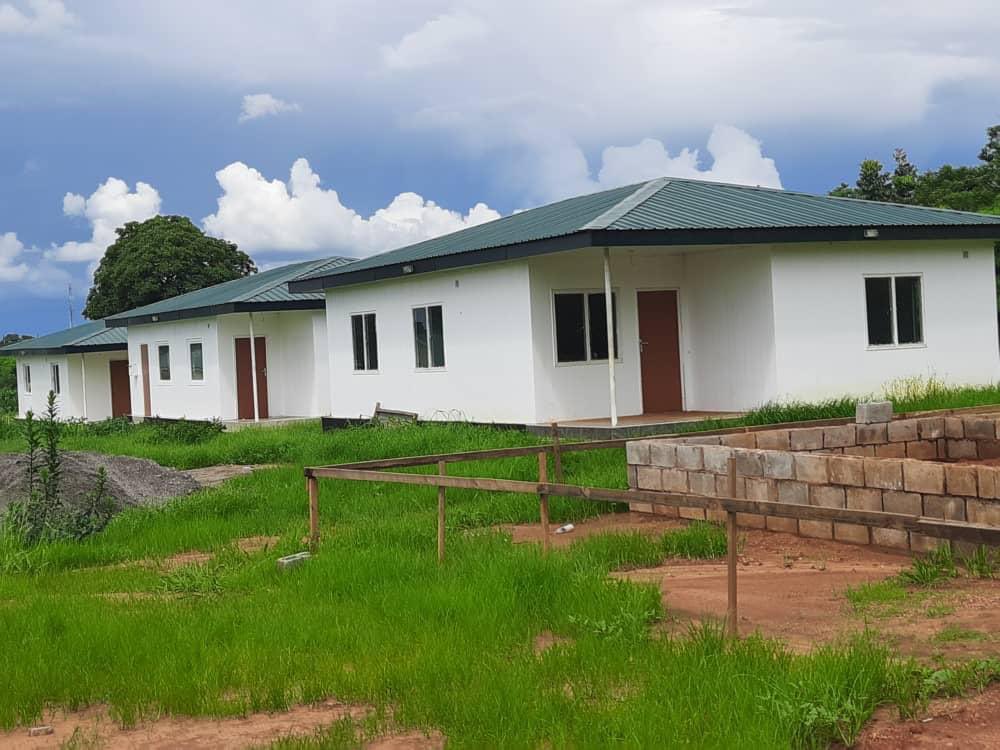The cost of construction in India has surged by up to 11% year-on-year in 2024, driven primarily by a significant increase in labour costs, which have risen by 25% in the private sector. While the prices of key construction materials such as cement, steel, and aluminum have largely stabilized, the overall rise in construction costs is expected to push up property prices across various real estate segments, especially in residential developments.
Badal Yagnik, Chief Executive Officer of Colliers India, explained, “While rise in prices of key construction materials was relatively modest over the last year, labour costs have been driving the overall cost of construction upward. With labour accounting for more than one-fourth of overall construction cost, a 25% annual rise in labour costs has stretched construction budgets and impacted operational expenses.” This increase in labour costs, alongside the growing need for skilled workers, has added significant pressure on developers.
The residential segment has seen the sharpest increase, with construction costs rising by 11% in the past year, as demand for higher-quality homes and amenity-rich gated communities grows. According to Vimal Nadar, Senior Director and Head of Research at Colliers India, “Despite rising construction cost across real estate segments, the commercial and industrial & warehousing segments have witnessed robust new supply during 2024. For instance, the Indian office market saw 37 million square feet of new completions in the first nine months of 2024, while the industrial & warehousing segment saw about 22 million square feet of new supply.”
For homebuyers in Tier 1 cities, the impact will be clear: higher prices for new homes as developers adjust to the rising cost pressures. Developers are reassessing budgets, optimizing supply chains, and investing in technology and automation to manage costs. However, the increase in construction costs is likely to push home prices higher, impacting affordability and potentially delaying plans for first-time buyers. The adoption of sustainability measures and the circular economy in construction may help improve efficiency in the long term but will not immediately ease cost pressures for buyers.
Also Read: NAREDCO Maharashtra NextGen Unveils Excelerate 3.0: A Vision for Innovation in Construction









